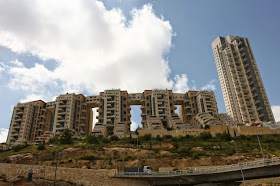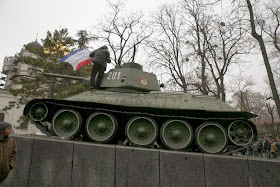by Nancy Weirh | Life
Write to: onlinewoolwich@yahoo.co.uk.
The answer to the above question may be obvious, but this road fixed by Japan, in just six days seems to top it all.
The Japanese earthquake of March 11, 2011 triggered a major tsunami that swept out entire villages, damaged Fukushima Daiichi Nuclear Power Plant and caused major disruption to the country's stock market.
It was a disaster that could have crippled any country. But Japan was no other country. It's initial estimate on insured losses from the tragedy was US$35 billion. (£24 billion).
The world bank estimated that the economic cost of the natural disaster was around US$235 billion (£162 billion).
As the even began to calm down, the Japanese government began rapid coordination to bring about normalcy in as many areas of the country's life as possible.
On the March 14, just a few days after the disaster, the Bank of Japan mad a `stabilization fund' offer of ¥15 trillion (US$183 billion (£126 billion) to the banking system.
As can be seen above, by March 17, damages to physical infrastructure were being rapidly assessed. Cities were cut off from as a result of damages to the roads, making delivery of relief materials difficult. Damaged buildings also needed to be destroyed safely, for rebuilding.
But the reconstruction of the above road in just six days after the earthquake has been described as a miracle.
The road, the Great Kanto Highway in Naka, was rendered impassable, but charged with its repair, crews at the NEXCO road repair company swung into action on March 17 and by March 23rd, a miracle had been delivered.
Can the city in which you live beat that? Write in and tell us how fast repairs are carried out to social infrastructure as soon as a report is made.



















































































































































































No comments:
Post a Comment